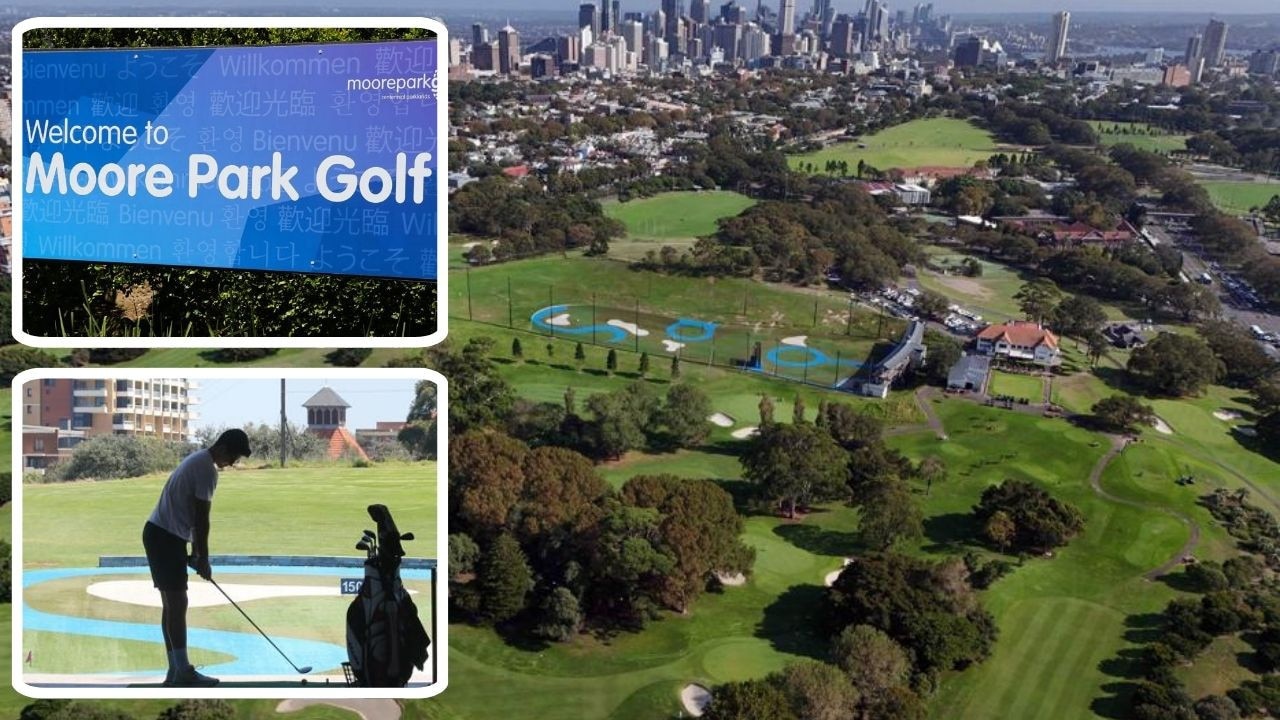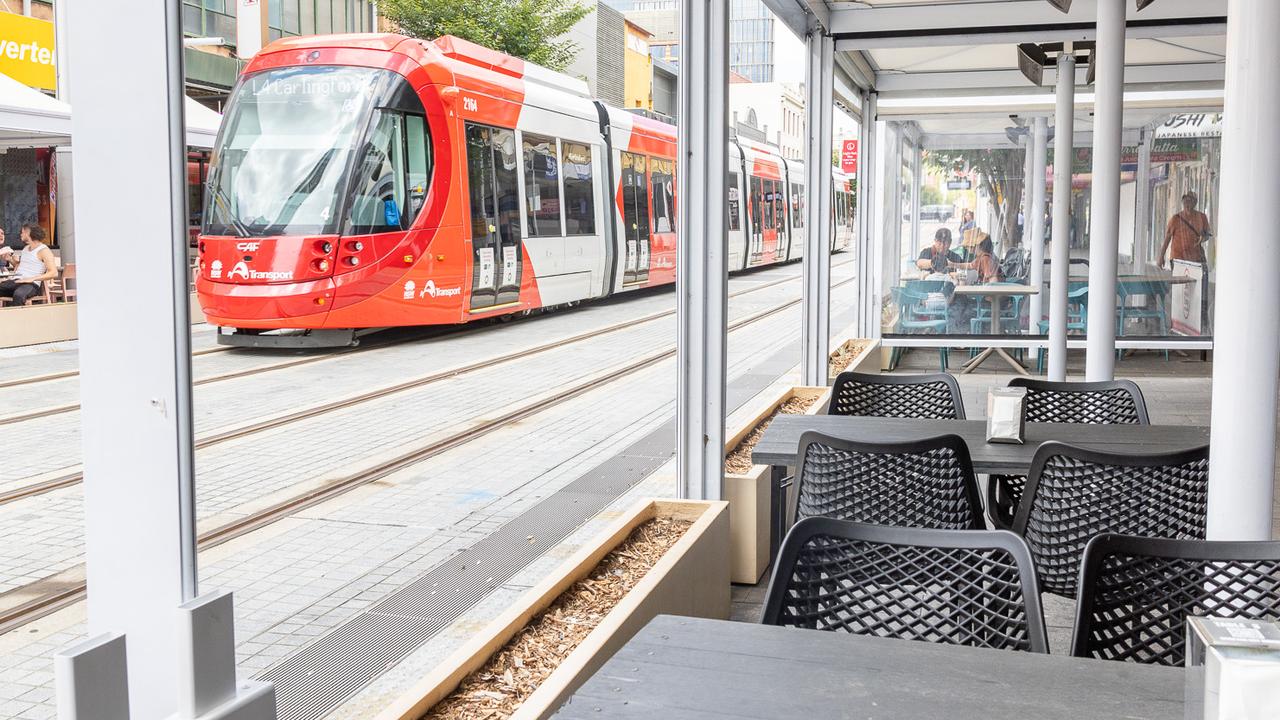Higher density housing in western Sydney could be in store for your local shops as Minns chases deals with councils
The “diverse and well-located homes” policy would seek to increase density around “town centres” – which could mean shopping strips with a supermarket and a few restaurants.
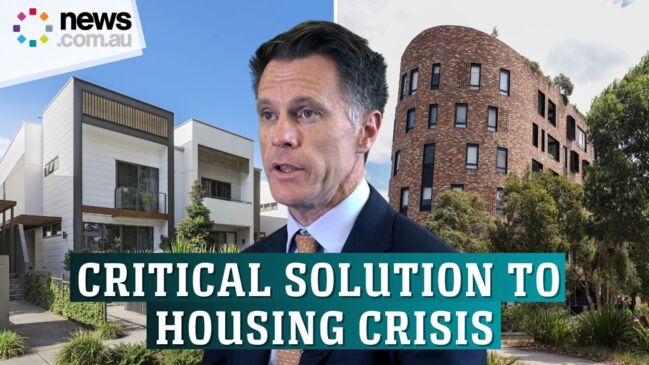
NSW
Don't miss out on the headlines from NSW. Followed categories will be added to My News.
The western Sydney suburbs set to skyrocket in population under a bold six-storey proposal to boost housing supply have been revealed, with local leaders furious that some of the zones are up to 10km from the nearest train station.
The proposals to increase density around “town centres” – including local shopping strips – could lead to higher density in suburbs like North Rocks in the Parramatta Council area, Edensor Park and Prairiewood in Fairfield, and Oran Park, Narellan and Gregory Hills in Camden.
In the Penrith Council area, parts of Erskine Park, St Clair, Caddens and Werrington County could all have higher density near local shops.
The locations are revealed for the first time in council zoning data, compiled by The Daily Telegraph, which shows some of the small suburbs where maximum density could be increased.
Councils have prepared the maps as part of their opposition to the state government’s density push.
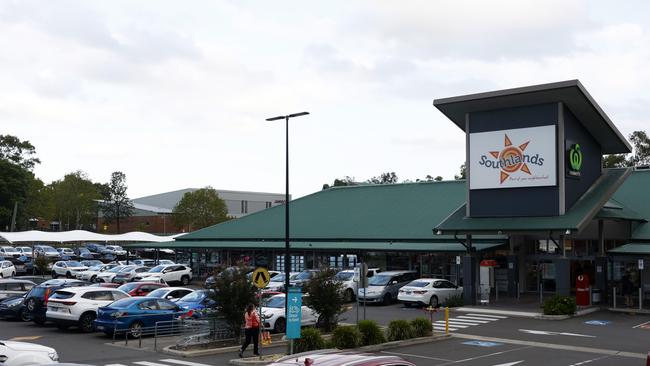
The planning reforms by the NSW government would allow buildings up to six storeys within 400 metres of a town centre.
Land within 800 metres of a town centre would be eligible for higher density housing, including terraces and two-storey apartment blocks.
Those “town centres” would include local shopping strips which contain a “wide range of frequently needed goods and services such as full line supermarkets, shops and restaurants”.
That definition is now the subject of debate between the government and councils.
Concerns about the “one-size-fits-all” proposals led to a flurry of complaints from councils that the government is trying to impose six-storeyunit blocks in unsuitable areas.

Fairfield Mayor Frank Carbone, who suggested the housing reforms would “kill backyard cricket” and turn Sydney into “Kolkata,” said the proposed changes would leave suburbs already isolated from public transport eligible for a massive uplift in development.
“Under their proposal, there is no public transport … you can’t just put high-rise … in an area with no public transport or services than a supermarket,” Mr Carbone said.
“What the government is proposing is dumping units and small manor homes in western Sydney in areas where we have not one light rail or metro and inadequate public transport … not to mention the lack of health services and all the other services we need for people to live in their day to day lives.”
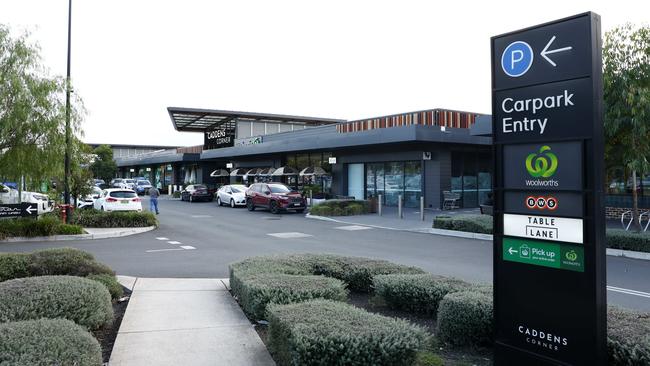
Premier Chris Minns on Monday said councils had to get on board with building more housing, with an annual target of 75,000 homes, amid Productivity Commission concerns that Sydney would become a city without grandchildren if young people were forced out by soaring prices.
“We already have an acute housing crisis in NSW. It’s only going one way and that is more expensive less affordable housing, particularly for young people – the time for talk is over,” he said.

In a bid to win over reluctant mayors, the Minns government is now going council to council in an attempt to strike bespoke deals to boost housing supply.
The charm offensive has so far quelled opposition from Canterbury-Bankstown Mayor Bilal El-Hayek, who was one of the loudest critics of the density push.
In February, Mr Al-Hayek said the housing reforms would turn Canterbury-Bankstown streets into “rabbit warrens” and “bottlenecks”.
Mr El-Hayek is now refusing to criticise the state government, citing ongoing negotiations over the changes.
Planning Minister Paul Scully said no decisions have been made on which areas could be targeted for higher density as “town centres” and rejected that areas without appropriate infrastructure would be developed, despite being eligible under the current reforms.

“The government has always been clear about its desire to rebalance population and housing growth in well-located areas with access to transport, services and jobs,” he said.
“Not all town centres are the same and it’s incorrect to suggest that isolated town centres with limited services would be prioritised for greater housing density over those with good access to services.”
A number of councils contacted by The Telegraph called for the density reforms to be paused or scrapped, or asked for an exemption.
Parramatta Council has called for a two-year deferral, while Liverpool raised concerns in a submission it has made to the Minns government over the definition of “town centre precincts” and called for a “more bespoke approach”.
The Premier yesterday confirmed the government was prepared to delay planning changes around 31 train stations identified for higher density, if councils proposed a greater amount of housing in other parts of the local government area.
“The only thing we care about is the number of houses – we’re agnostic about how it’s delivered,” he said.
Do you have a story for The Daily Telegraph? Message 0481 056 618 or email tips@dailytelegraph.com.au
More Coverage
Read related topics:Future Western Sydney



